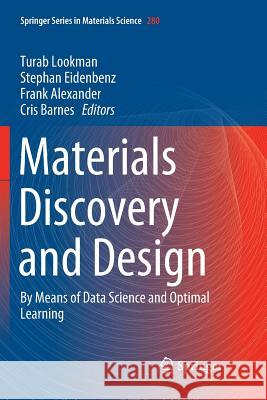Materials Discovery and Design: By Means of Data Science and Optimal Learning » książka
topmenu
Materials Discovery and Design: By Means of Data Science and Optimal Learning
ISBN-13: 9783030076023 / Angielski / Miękka / 2019 / 256 str.
Kategorie BISAC:
Wydawca:
Springer
Seria wydawnicza:
Język:
Angielski
ISBN-13:
9783030076023
Rok wydania:
2019
Wydanie:
Softcover Repri
Numer serii:
000904288
Ilość stron:
256
Waga:
0.38 kg
Wymiary:
23.39 x 15.6 x 1.47
Oprawa:
Miękka
Wolumenów:
01
Dodatkowe informacje:
Wydanie ilustrowane











